Welcome to VANJOIN. Your satisfaction is our biggest pursuit.
When it comes to creating a secure enclosure around your property, there’s no question that traditional fences have been used for centuries as reliable barriers against intruders. With materials such as wood and metal available in various styles and colours, these types of fences are popular with homeowners who want a classic look without sacrificing durability. The downside is that regular maintenance (such as staining or painting) will be required to keep them looking their best over time.
Composite fencing is becoming more and more popular because it is easier to take care of than traditional options. Composite fences use recycled plastic combined with natural fibres to create a durable yet attractive alternative to other forms of garden fencing. Not only do they provide the same level of security, but they also come in various shades and textures, so you can customise your design with ease.
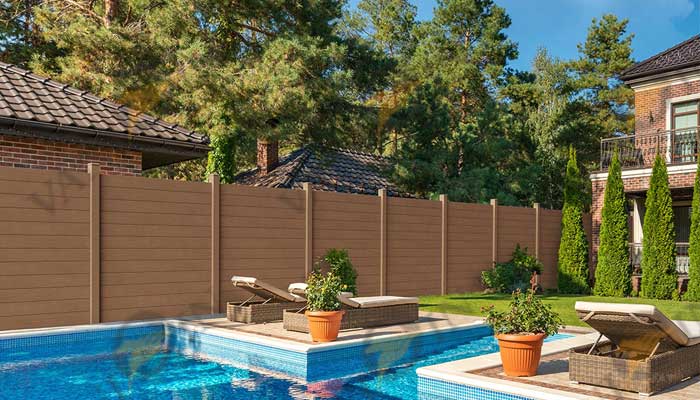
Composite Fencing: An Eco-Friendly Alternative To Wood Fencing
Composite fencing is an eco-friendly alternative to traditional wood fencing that offers many advantages. It’s made from recycled materials and requires no staining or treating, making it a more sustainable choice for eco-conscious homeowners. Composite fencing looks like natural wood and can’t be told apart from real wood. It has the same classic look as wooden fence panels but doesn’t require as much maintenance. Additionally, its long-lasting durability means that it won’t require frequent repairs or replacement; this can save you both time and money in the long run.
Composite fences are also safer than their wood counterparts due to their fire resistance rating as well as being impervious to insect infestation and rot. Furthermore, composite fencing is available in a variety of designs and colours, allowing you to customise your outdoor space with ease while still remaining aesthetically pleasing.
If you’re looking for an environmentally friendly option for fencing that will stand up to wear and tear over time without requiring excessive upkeep, then composite fencing could be right for you. Not only does it offer all the benefits of traditional wood fencing, but it also provides added protection against insects and fire while saving you money on energy bills over time—allowing you to enjoy a beautiful landscape free from worry!
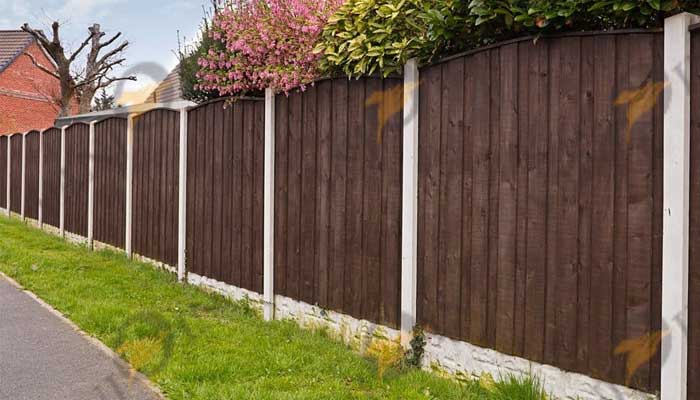
Composite Fencing Vs. Wood Fencing: Comparing The Maintenance Requirements
Are you wondering which type of fencing requires less maintenance: composite or wooden? Both require regular maintenance in order to keep your fence looking great for years to come. Let’s take a closer look at the differences between composite fences and wood fences so you can make an informed decision about which one will serve your needs best.
When it comes to maintenance, composite fencing is better than traditional wood fencing in some ways. Composite resists warping, splitting, cracking, and rotting better than most types of wood, so it doesn’t need painting or staining as often as conventional wood fences do.
On the other hand, wooden fences need more frequent attention due to their susceptibility to rot and decay caused by exposure to moisture and humidity. Wooden posts should be replaced every few years, depending on how long they’ve been standing in concrete footings; otherwise, these posts may become unstable and create hazardous conditions near your property line.
Overall, both kinds of fencing have pros and cons when it comes to maintenance requirements, but ultimately the choice depends on what works best for you based upon location, budget, and personal preference. Whether you opt for composite fencing materials or decide on wooden boards set within concrete posts – either way – proper care must be taken in order to ensure a safe and secure barrier around your home or business premises.
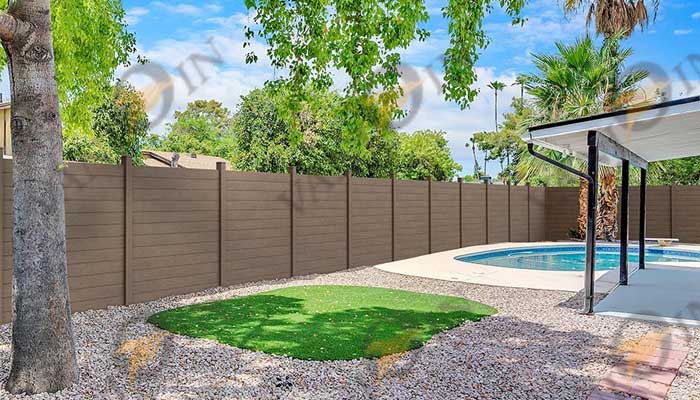
The Advantages Of Composite Fencing Over Traditional Timber Fencing
For those looking for a fencing solution that is both low maintenance and environmentally friendly, composite fencing is the way to go. Composite fencing offers several advantages over traditional timber fencing. This means that you not only get an aesthetically pleasing fence but also one that does not require painting or staining like traditional timber fences do. Furthermore, these composite materials are highly durable and last much longer than wooden ones – saving time and money on repairs over the years.
In addition to its practical benefits, composite fencing is also very eco-friendly due to its high content of recycled material; helping reduce deforestation while also providing a beautiful look to your property. It’s also incredibly quick and easy to install compared to other forms of fencing, making it ideal for DIY homeowners who don’t want the hassle of having professionals come out and build them a fence. Finally, it requires virtually no maintenance throughout its lifespan – just occasional cleaning with water will be enough to keep it looking great year after year!
As you can see, a composite fence is the best choice for security, style, and the environment. With all these factors taken into account, it’s clear why so many people choose this type of fencing when considering their options.
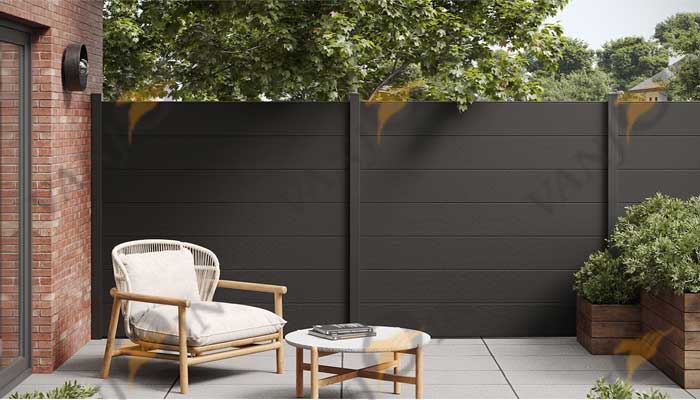
Composite Fencing Worth The Upfront Cost: Exploring The Long-Term Benefits
It’s true that composite fencing is more expensive upfront than traditional wood fencing. But what about the long-term benefits? Let’s explore why investing in a composite fence may be worth it now and in the future.
First, let’s look at how they compare on maintenance costs: Composite fencing requires very little upkeep, whereas pressure-treated wood will need to be stained or painted to maintain its colour. This means you’ll have fewer trips to the hardware store for supplies and less time spent maintaining your fence over the years of ownership.
Second, durability should also play a role in deciding which type of fence to purchase. Here are three advantages of choosing a composite material versus traditional materials:
1. Resistance: Composite fences are built from recycled materials and designed to withstand extreme temperatures and weather conditions, making them resistant to rot, bugs, mould, and other damage caused by moisture retention or pests.
2. Longevity: The combination of these factors gives composite fences an expected life span of 25+ years—twice as much as pressure-treated wood—with no risk of cracking or splintering due to natural wear and tear.
3. Aesthetics: Unlike conventional wooden boards that fade quickly with age, composite fences retain their original colour for longer periods of time without requiring any additional treatment. Plus, they come in a variety of colours, so you can create a unique look while still enjoying the low-maintenance benefit.
When considering whether to invest in composite fencing or traditional fencing options like pressure-treated wood, there are several important factors to consider beyond just the initial cost savings. In terms of longevity and minimal maintenance needs alone, many homeowners find that opting for a composite material makes financial sense over the long run—not only saving money but ensuring peace of mind when it comes to protecting their property against harsh weather and pests too!
Wood Fencing: The Pros And Cons Of Natural Wood And Pressure Treated Wood
Wood fencing is a popular choice for traditional fencing, and it is one of the oldest building materials. Real wood has its advantages, including being aesthetically pleasing and adding natural beauty to any property or landscape. However, standard wood fences require frequent treatments such as staining or painting to prevent rotting, cracking, splitting, and warping over time.
Pressure-treated (PT) timber offers a great alternative for wooden fences since it’s been pressure-treated with preservatives that help protect against rot and decay. PT timber also features an increased resistance to weathering damage, so you don’t have to worry about regular maintenance like with real wood. This makes PT timber very cost-efficient and long-lasting compared to traditional fencing options.
The downside of using PT timber is that it may contain harmful chemicals that can be toxic to humans and animals if ingested. It’s important to do your research before purchasing this material for your fence project and to make sure you are aware of all safety precautions necessary when working with these types of materials.
In summary, both real wood and pressure-treated lumber offer unique benefits when considering building a new fence around your property; however, there are pros and cons associated with each type of material. Ultimately, the best choice will depend on your budget, aesthetic preferences, climate conditions where you live, the desired longevity of the fence structure, and overall safety concerns related to potential exposure risks from contact with chemical agents in the pressure-treated wood products.
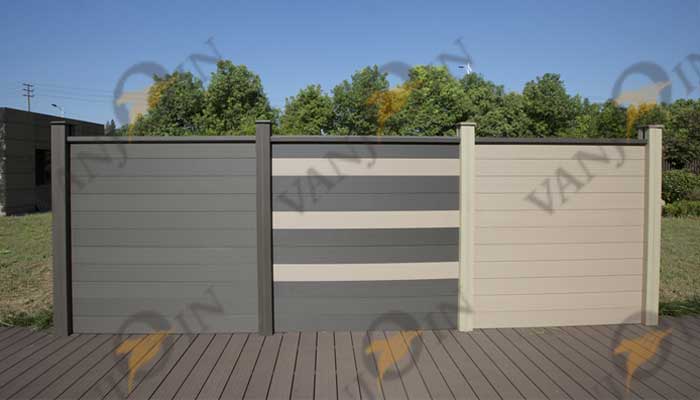
The Importance Of Durability And Longevity When Choosing A Fence
When it comes to selecting a fence, many homeowners are torn between the classic beauty of a traditional wooden fence and the modern look that composite fencing offers. When making such an investment in your outdoor space, you should think about how important durability and longevity are. Wooden fences can provide a timeless aesthetic but do require more regular maintenance throughout its lifetime. On the other hand, composite fence panels offer less upkeep while still providing high-quality protection from outside elements.
Fencing is meant to last for years, so homeowners must be aware of any potential pitfalls associated with each type before deciding which one best suits their needs. Traditional wood fences may look nice when they are first put up, but they often need to be replaced sooner because of damage from the weather. Wood also takes in water quickly, which can lead to rot and decay if it isn’t properly sealed against water.
Composite fencing, on the other hand, is much better at withstanding harsh weather conditions without needing a lot of repairs or replacements. This is because it doesn’t absorb water as easily as wood does. Because of this, it is less likely to warp, crack, fade, or rot than other materials on the market today. All things considered, composite fencing is something to think about, even if the initial cost might be higher. Therefore, weighing out upfront cost versus long term savings should factor into any homeowner’s decision regarding which material works best around their home now and in future seasons.
Conclusion
When it comes to choosing a fence for your outdoor space, the choice between composite fencing and traditional timber can be daunting. However, after carefully weighing up both options, we believe that composite fencing is often the best choice. Its combination of wood fibres and recycled materials makes it an eco-friendly option, while its low maintenance requirements and durability make it worth the initial cost over time. Additionally, its long life span means you won’t need to worry about replacing your fence anytime soon! In short, if you want a reliable and sustainable solution for your fencing needs, look no further than composite fencing—you’ll never regret making this wise investment.
Got a question, comment or business enquiry? We are always happy to hear from you.